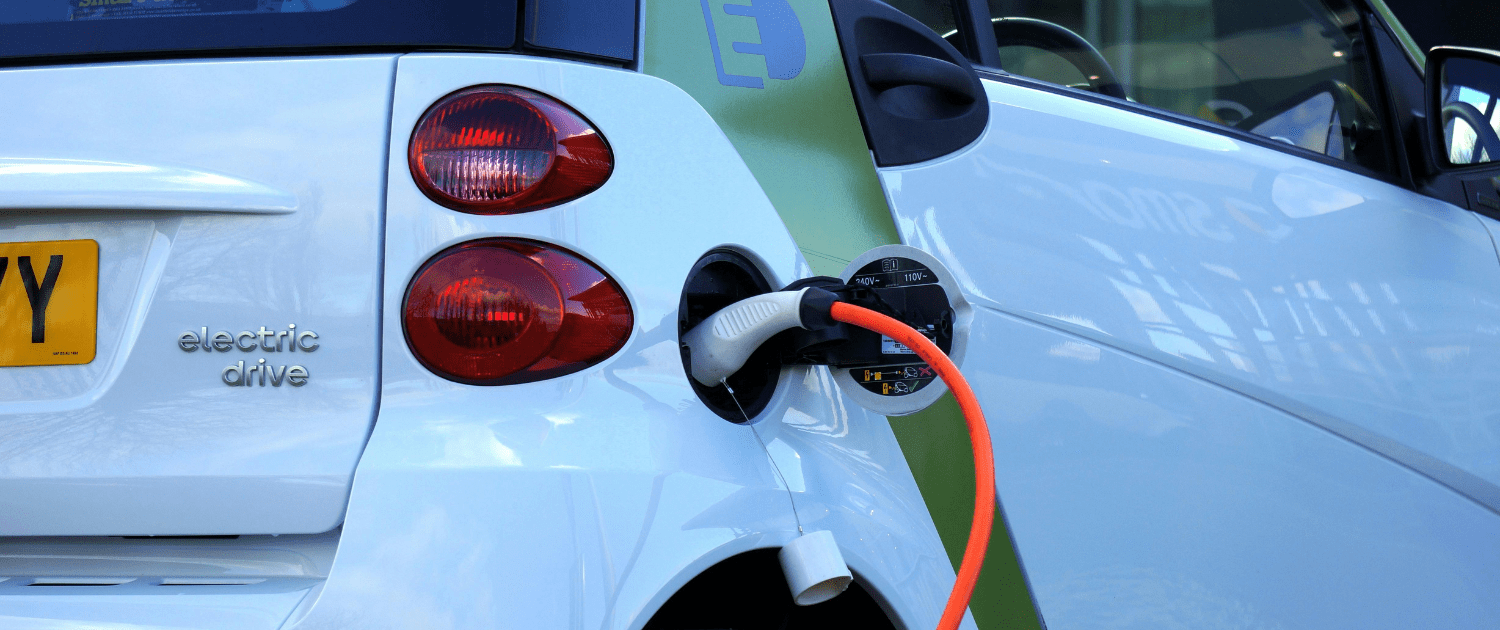Ajith Nair- September 5, 2023 / Updated- September 25, 2023
The growth of EVs in India is now quicker than ever. In fact, it’s expected to grow at a whopping CAGR of 90% in this decade–and reach 150 billion $ by 2030.
Users looking to switch to electric vehicles may have several questions about it. Because compared to ICE vehicles, there are quite many differences in an EV. And one concern a new user may have–is about the costs he/she will incur.
“Will an EV cost me a lot down the road?”
Let’s have a closer look.
Procurement costs
The price of an EV today is certainly higher compared to a regular vehicle. One big reason is the use of high-grade lithium battery packs in EVs. And these cost more in materials and to manufacture–than regular batteries do. And because EVs are still blooming, their R&D costs are quite high–further adding to the price.
Getting your EV insured will likely cost you more as well.
Running costs
On a typical petrol vehicle, you spend Rs. 8-10 per kilometer (At 98-100 per liter cost). But let’s take a typical EV with a 40 kWh battery, providing 350-400 km on a full charge. Depending on the per-unit energy cost in your city or area–you’ll only be spending Rs. 1-2 per kilometer.
This gap widens down the road. The average Indian user drives over 15,000 kms every year. If you do that on an EV for 5 years, you’d have spent around Rs. 75,000. But a petrol car at the same time would’ve cost you Rs. 5-6 lakhs. That is significant.
Take into account a 15% increase in fast charging costs or battery degradation–and the EV would still cost you only Rs. 86,250 after 5 years.
Maintenance costs
There are fewer moving parts in an EV compared to regular vehicles. And this means there are fewer things that can go wrong with it. Apart from the general brake and tire tests, battery maintenance will be something new you can expect. EV owners are advised to get their battery packs inspected 1 or 2 times a year (Varying with usage).
Even accounting for that–the yearly maintenance cost of a typical EV is calculated to be 1/3rd or 1/4th of that of petrol cars. For example, Tata Motors states that a Nexon EV may need Rs. 25,152 for maintenance–over 5 years. And this is over 40% less than what an ICE Nexon would cost in the same period.
To conclude, you may simply put it this way:
An EV will be way more affordable to maintain; but that is if you can afford it upfront.


